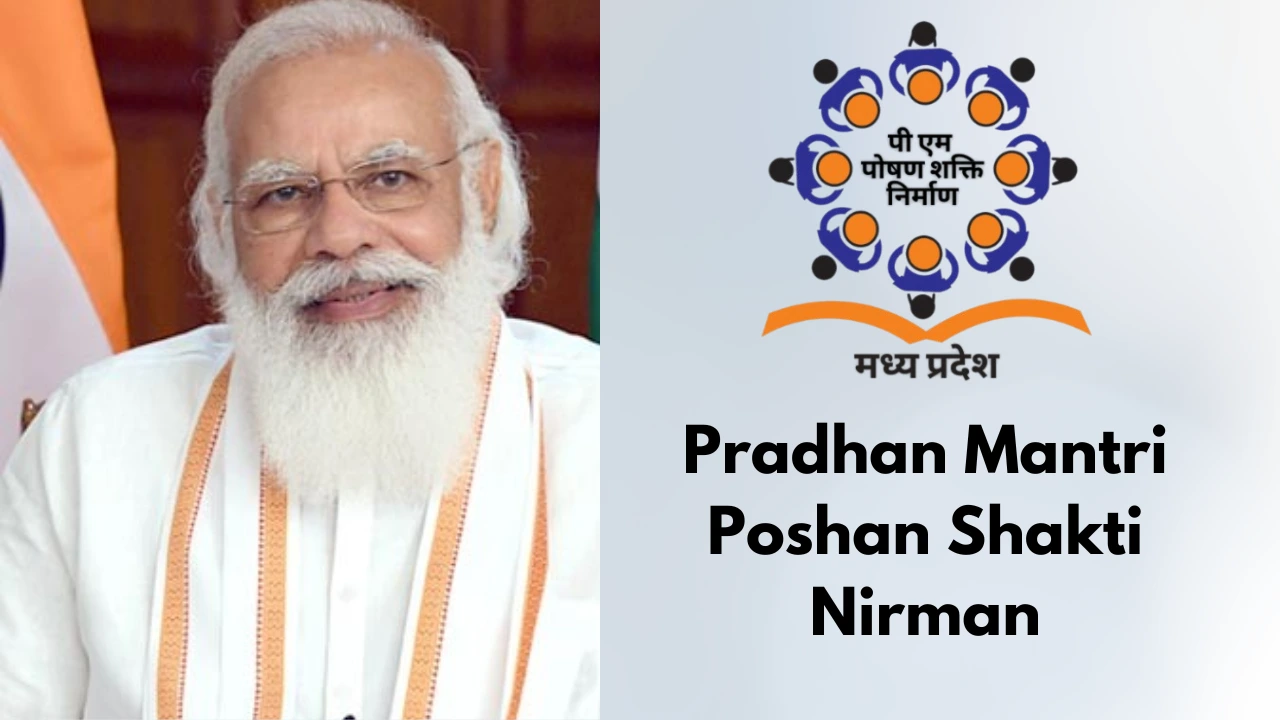
India’s fight against malnutrition has received a big boost. A new scheme, Pradhan Mantri Poshan Shakti Nirman (PMPSN), has launched.
They all want to improve the nation’s nutritional health. Their focus is on vulnerable groups, especially women and children.
Because PMSN highlights the development approach of the government, PMPSN aims to address the concerns of malnutrition including undernutrition and stunting with comprehensive and creative solutions.
Key Components in the PMPSN
| Component | Description |
| Supplementary Nutrition Program | Provides additional nutrition to children (6 months-6 years), pregnant women, and lactating mothers, especially in vulnerable communities. |
| Food Fortification | Adding essential micronutrients to commonly consumed food items like rice, wheat, and oil to combat hidden hunger and micronutrient deficiencies. |
| Community Mobilization | Involves local participation through health and nutrition days, awareness campaigns, and local food system development. |
| Nutritional Education | Offering nutrition training and dietary counseling to community members, Anganwadi workers, and health workers to spread awareness about healthy eating habits. |
| Monitoring and Evaluation | Establishing systems to regularly track progress, collect data, and evaluate the effectiveness of the nutrition initiatives implemented under PMPSN. |
What is Pradhan Mantri Poshan Shakti Nirman?
The Pradhan Mantri Poshan Shakti Nirman is a nutrition program of the Indian Government. Its goal is to improve the nutrition interventions delivery system in the country, through a number of strategies.
PMPSN plans to reduce malnutrition. It will do this by increasing access to healthy, tasty foods. It will also educate people on recommended dietary measures.
The scheme is in line with India’s commitment to achieving the Sustainable Development Goal (SDG) 2: Zero Hunger. It aligns with the National Nutrition Mission (POSHAN Abhiyaan) of 2018. It aims to prevent stunting, undernutrition, low birth weight, and anemia in children and pregnant women.
Key Objectives of PMPSN
The primary objectives of the Pradhan Mantri Poshan Shakti Nirman are as follows:
- Improve Nutritional Status: The scheme aims at offering proper, healthy and nutritional foods to children, pregnant women as well as lactating mothers.
- Promote Awareness: PMPSN aims to raise awareness of nutrition, better food choices, and food security at the community level.
- Enhance Local Food Systems: The scheme promotes intake of locally produced healthy foods in meal preparation, thus decreasing reliance on foods from other regions and improving the local farming industry.
- Strengthen Delivery Mechanisms: It seeks to enhance the implementation processes of nutrition sensitive interventions with particular interest in the monitoring and reporting processes.
Parts of the Pradhan Mantri Poshan Shakti Nirman
- Supplementary Nutrition Program (SNP): This component seeks to offer fortified foods to children aged 6 months to 6 years, women of childbearing age, and breast feeding mothers in rural and urban centres particularly the most vulnerable groups.
- Fortification of Food: It means adding vitamin and mineral supplements to staple foods like rice, wheat, and oil. PMPSN has backed food fortification to help with hidden hunger and micronutrient malnutrition.
- Community Mobilization: In the management of PMPSN, there is paramount emphasis on the nutrition program being directed by the community. Positive health and nutrition outreach days, community mobilization and sensitization.
- Nutritional Education: This scheme has two main parts. They are nutrition education and dietary counselling. The scheme envisages that participants will include Anganwadi workers, health workers.
Beneficiaries of the Scheme
The Pradhan Mantri Poshan Shakti Nirman Scheme helps the most vulnerable in society.
| Category | Target Group | Key Benefits | Objective |
| Children (6 months to 6 years) | Young children | Nutritional supplements, balanced meals, and interventions to prevent malnutrition and stunting | Ensure proper growth and development during formative years |
| Pregnant Women and Lactating Mothers | Expectant and new mothers | Nutritional supplements and education on diet during pregnancy and lactation | Support the health of both mother and child through critical periods |
| Adolescent Girls | Girls in their teenage years | Micronutrient supplements, anaemia prevention programs | Improve overall nutritional status and reduce deficiencies common in adolescence |
| Vulnerable Populations | Poor sections in rural and urban areas | Access to quality nutrition at the grassroots level | Target the most economically disadvantaged populations for improved health outcomes |
Advantages of the scheme and its effects.
- Reduction in Malnutrition: PMPSN aims to improve access to quality nutrition. It should reduce malnutrition, stunting, and wasting. They are major health issues in India.
- Economic Benefits: Food security is an essential component in the improvement of performance and growth of an economy. PMPSN aims to boost citizens’ nutrition. It will improve national health and productivity.
- Healthier Future Generations: A study on diets found that proper feeding during the above growth stages sets a healthy standard for living. If children are healthier the country would save on health bills in the future, and have improved learning ability.
- Boost to Local Agriculture: Foods from growers are sources for PMPSN. So, its use could boost local farmers and rural communities.
Conclusion
The Pradhan Mantri Poshan Shakti Nirman scheme is quite an aggressive measure in India’s war against malnutrition. That’s why this approach solves the problem in the broadest way. It includes nutrition interventions, global improvements in food systems, and building community capacity for action. PMPSN can improve nutrition, awareness, and access. This will create a strong, healthy nation.
Read Our More Blogs….





